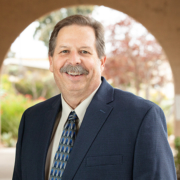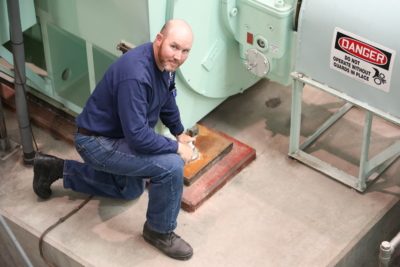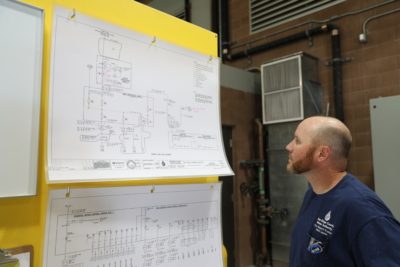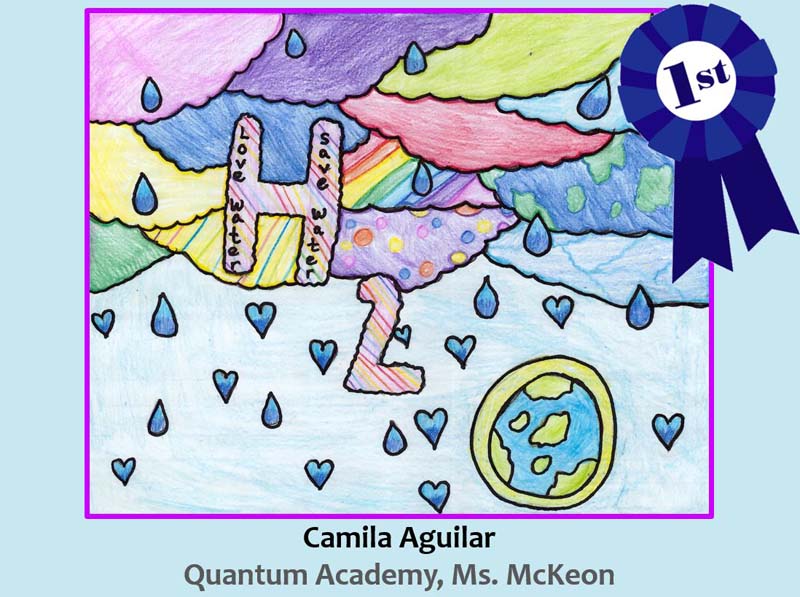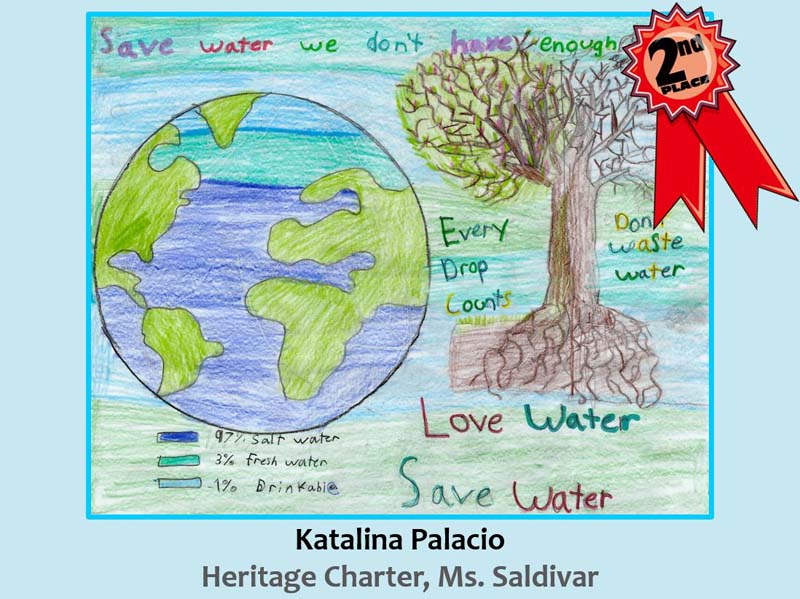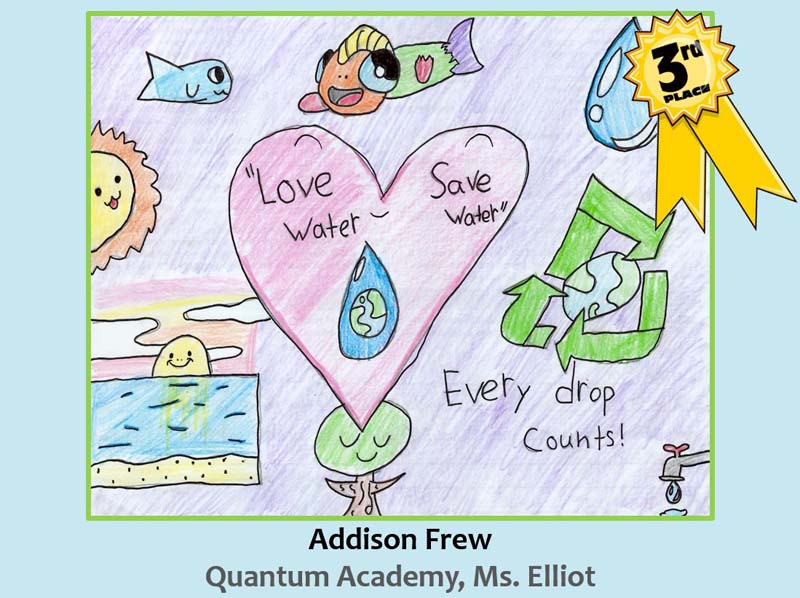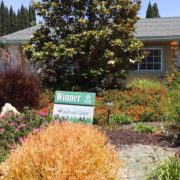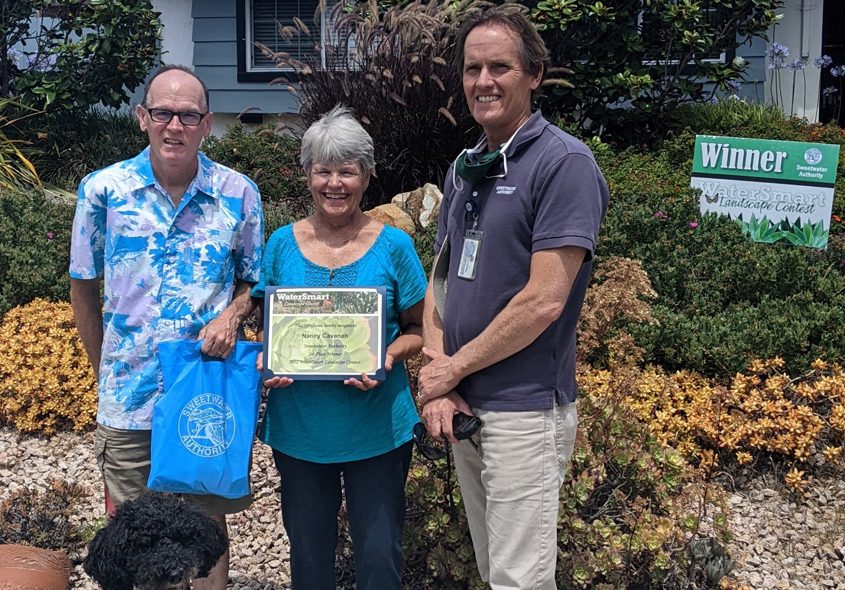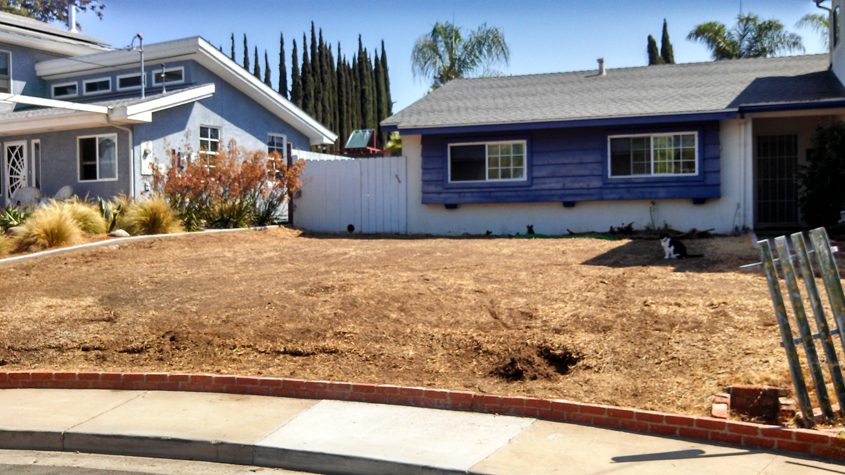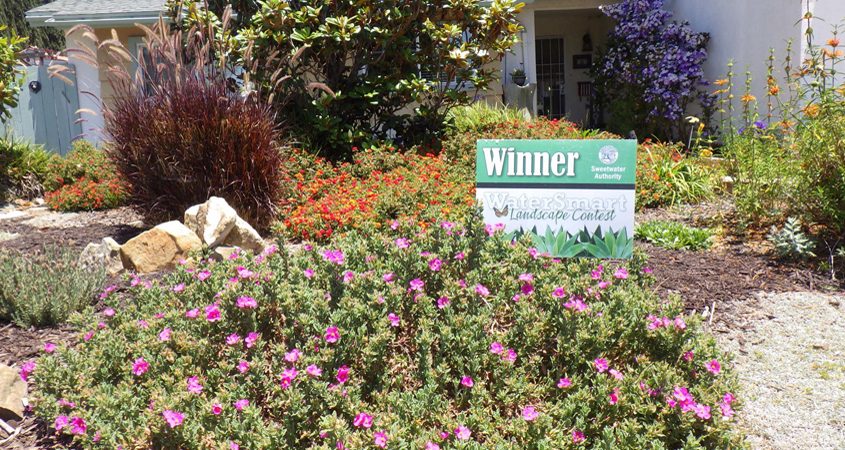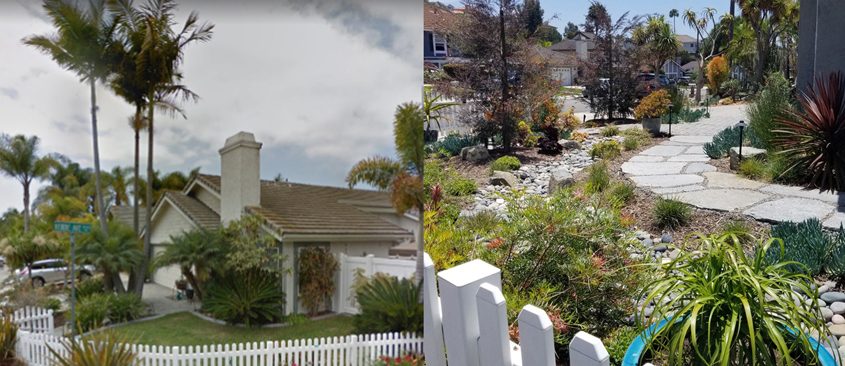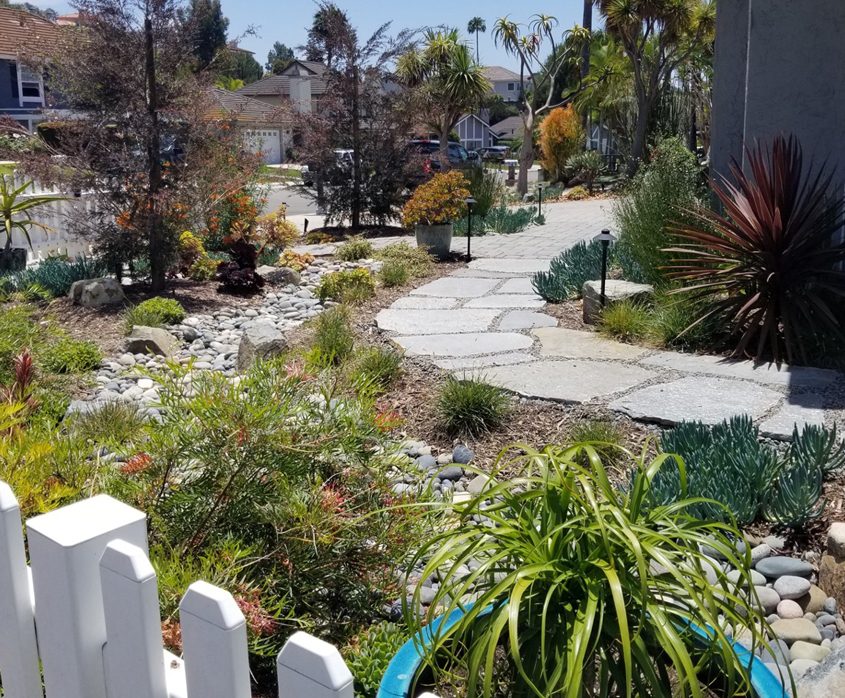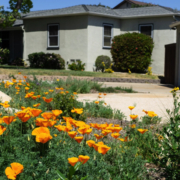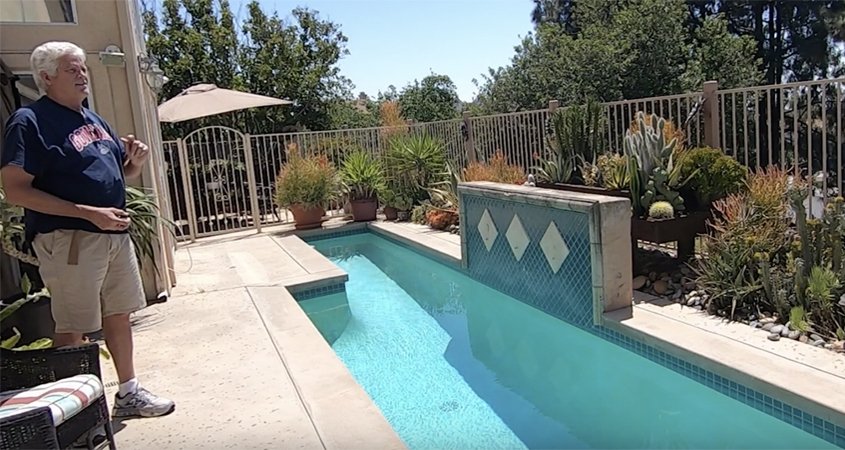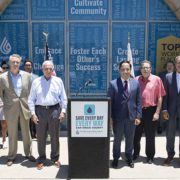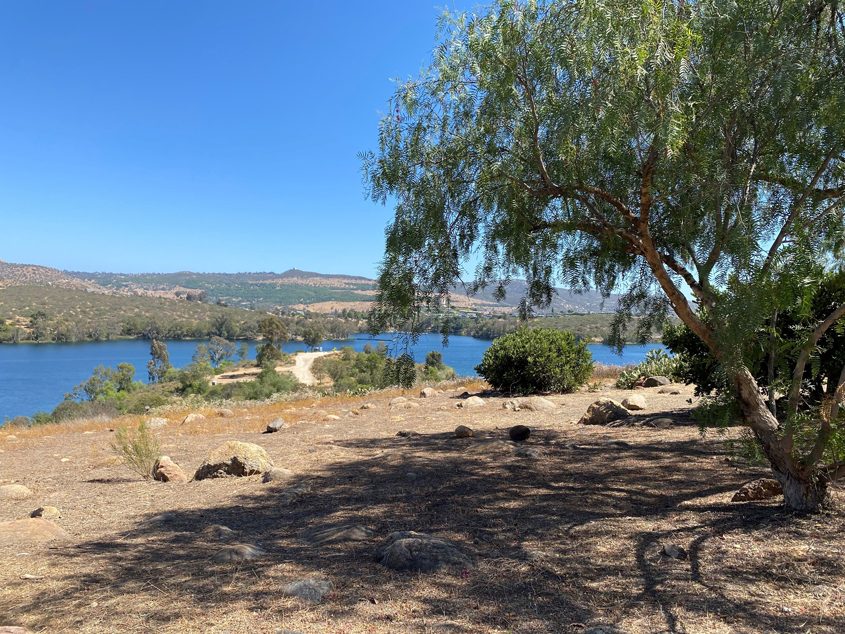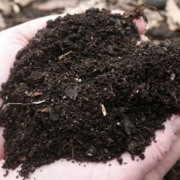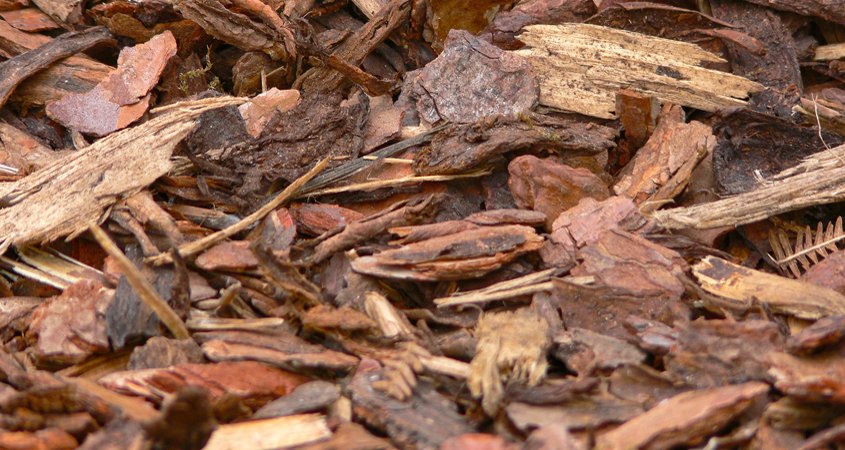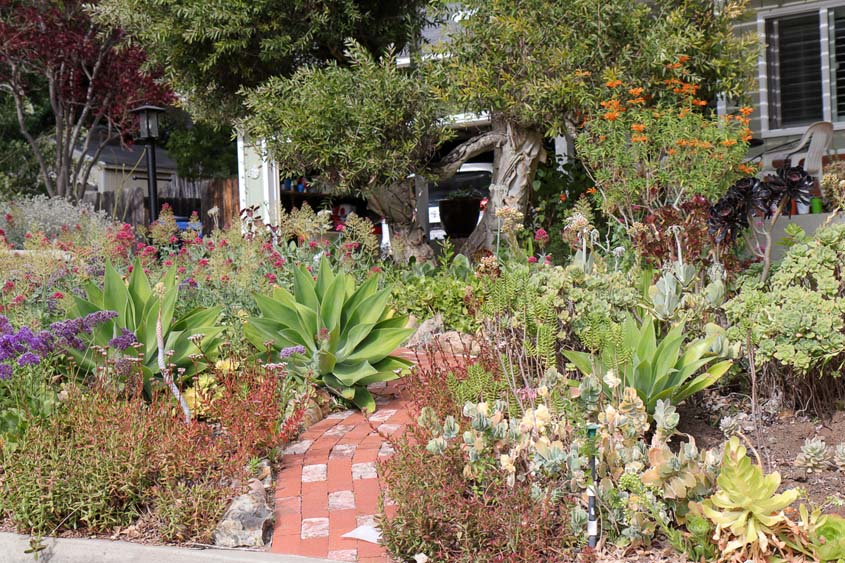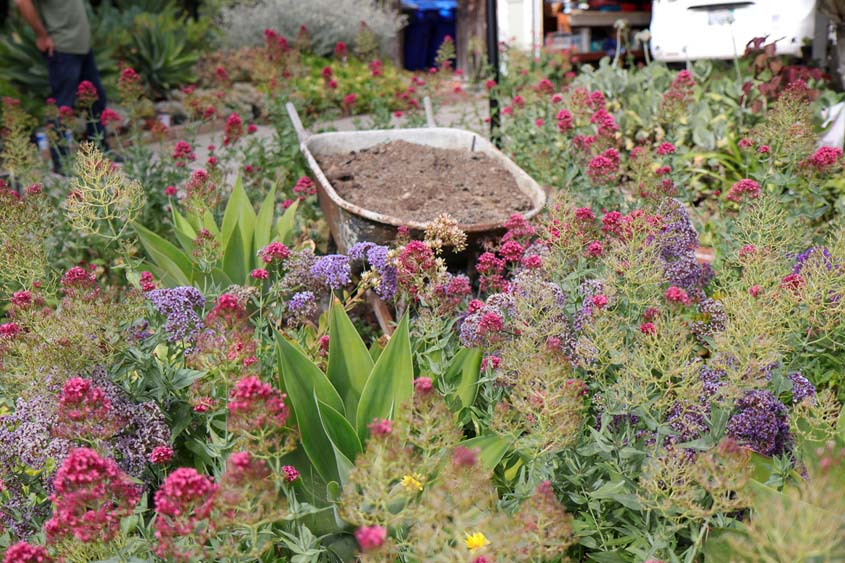State, regional, and local leaders are joining forces to urge water conservation across San Diego County and statewide at the start of summer. With drought conditions worsening in every corner of the Southwest, California Gov. Gavin Newsom has called on residents and businesses to take additional conservation measures to help ease the effects of extreme drought during the hot summer months.
On June 23, the San Diego County Water Authority’s Board of Directors unanimously adopted a resolution reaffirming the agency’s commitment to conservation after joining California Natural Resources Secretary Wade Crowfoot, San Diego Mayor Todd Gloria and regional leaders by committing to additional water-saving measures to combat what scientists call the worst drought in 1,200 years.
The Water Authority is collaborating with the Department of Water Resources’ Save Our Water program, the Metropolitan Water District of Southern California, and its 24 member agencies on public outreach and education efforts this summer designed to stop water waste and increase conservation efforts statewide. In addition to social and traditional advertising campaigns, the Water Authority is planning to attend several community events to hand out “drought survival kits” that include hose nozzles and buckets for collecting shower water for irrigating plants.
Save Every Day, Every Way
“Strengthening efforts to save water should be top of mind for all Californians this summer as California continues to endure extreme drought going into the hottest and driest months of the year,” said Secretary Crowfoot. “Even small actions to cut back on water use, like watering your yard less, can make a lasting impact on the effects of drought in our state and help ensure that we have enough water supply to meet our current and future needs.”
Emergency water conservation regulation
At the governor’s direction, the State Water Resources Control Board in May adopted an emergency water conservation regulation to ensure more substantial water savings. The regulation bans irrigation of non-functional turf in commercial, industrial, and institutional settings statewide, and directs urban water supplies to implement conservation actions under Level 2 of their Water Shortage Contingency Plans.
San Diego adopts stringent water restrictions
Mayor Gloria said the City of San Diego’s investment in repurified water will enhance supply reliability in years ahead, but he emphasized that it’s important for residents save more water now. He added that the City has adopted more stringent water restrictions under Level 2 of its Water Shortage Contingency Plan.
“As our state and region continue to navigate current drought conditions, we are asking San Diegans to take these prudent water-conservation measures now, so we can help avoid a more dire situation in the near future,” said Mayor Gloria. “The City and its regional partners have a number of rebate and resource programs to help everyone do their part to reduce water use.”
At the Water Authority, Board Chair Gary Croucher said the agency is working with leading local industry associations to promote water conservation by tourists, restaurant patrons and homeowner associations. In addition, the Water Authority sponsors on-farm water conservation measures through the Mission Resource Conservation District and collaborates with the County of San Diego on water-saving rebates in unincorporated areas, along with providing a variety of other resources to residents and businesses at www.WaterSmartSD.org.
“We can do more”
“Thank you to each and every San Diegan who has helped reduce per capita water use in our region by more than 40 percent over the past three decades,” Croucher said. “But the simple fact is that we can and should do more. We are committed to answering the Governor’s call to step up conservation efforts this summer.”
Jerry Sanders, president and CEO of the San Diego Regional Chamber of Commerce, joined Thursday’s news conference and encouraged business leaders to take advantage of rebates and programs that help offset the cost of converting non-functional and ornamental turf at their offices. Non-functional turf in commercial, institutional, and industrial landscapes is a major focus of the state conservation actions.
“Our community has done an incredible job of investing in our water infrastructure and reliability in ways that have been hailed by national publications as a model for the arid West,” Sanders said. “As we continue to make and benefit from those investments, it’s important that we continue to embrace water-efficiency and conservation has in protecting San Diego County’s economy and quality of life.”
At the San Diego Tourism Authority, Chief Sales Officer Kavin Schieferdecker pledged the tourism industry’s support for informing visitors from around the world about the severe drought conditions in the state and the need for efficient water use.
Water fuels economy
“In the face of extreme drought, it’s clear we need to take additional steps so we can continue to attract visitors from around the globe so we can fuel our local economy while protecting our water supply,” said Schieferdecker. “The San Diego Tourism Authority is pleased to accept the Water Authority’s invitation to join this effort by sharing reminders with our hotels, motels and restaurants and their guests about the need to make the most of every drop.”
The biotech industry association Biocom California was founded in San Diego in response to the drought of the early 1990s to ensure reliable water supplies for what has become a major economic engine for the entire state, said Jimmy Jackson, senior vice president and chief policy officer at Biocom California.
“Access to water is a major factor for life science companies as they consider whether to locate research and manufacturing facilities in this region,” Jackson said. “If the trend of global companies choosing to locate in California is to continue, we must persist in promoting sustainable use of our precious water resources.”

